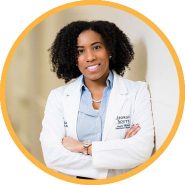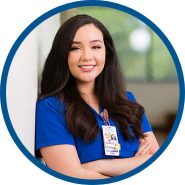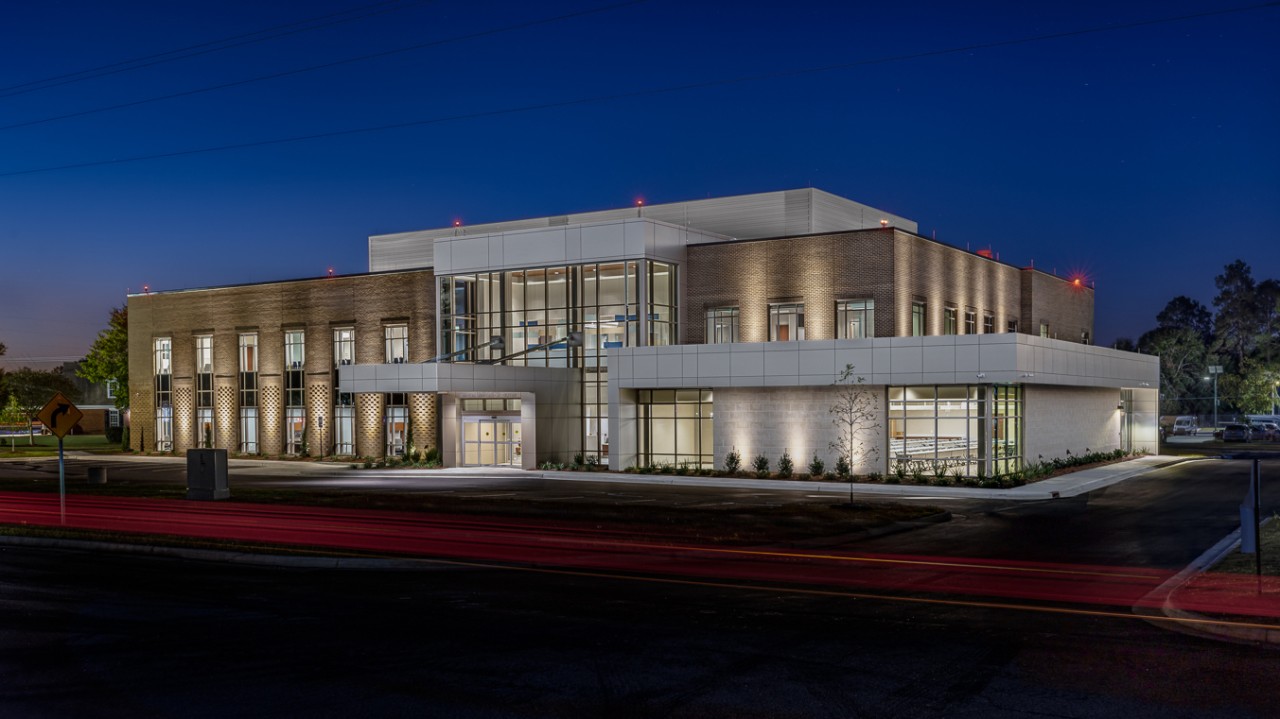

Across the country, healthcare facilities are improving the patient experience with advances in technology and upgraded infrastructure to serve communities with thebest care possible. However, patient care also depends largely on well-trained hospital staff — and many facilities arerunning into a common challenge: how to attract and retain caregivers.
“I believe that the cornerstone of retaining nurses and care staff lies in empowering them with the confidence to provide exceptional patient care,” said Jim Matney, CEO and President of Colquitt Regional Medical Center in Moultrie, Georgia.
Often, this results from a lack of continued education and training at facilities. Caregiversdon’t have real-life experience before being thrown into high-stakes situations, leading to elevated anxiety and extra effort on the hospital to teach new skills before they see patients.
“While nurses dedicate considerable timeto their education and studies, the shortage of practical, hands-on experience can affect their confidence and readiness for complexities of patient care,” Matney says.
Real-Time Education
To solve this challenge, Colquitt Regional took matters into its own hands and opened the Ameris Bank Medical Education Center in late 2023,designed by TMPartners (TMP) and built by Brasfield & Gorrie, LLC . The 41,000-square-foot facility sits on Colquitt’s campus and provides high-caliber training for healthcare providers atColquitt and nearby institutions.
“A large part of the culture we have built at Colquitt Regional revolves around support for our employees and our community,” Matney says. “Before we openedthe doors at the new education center, our educational services department was working within a much smaller space in a portable trailer. As we strategized and planned for the future of medical education, the vision forthe education center took hold and now the facility is allowing us to carry out our mission and further display our culture of training and support forour healthcare professionals.”
The building’s first floor includes a 300-person classroom, 18-seat computer lab, study area, skills lab, and four simulation labs with lifelike mannequins that are controlled to mimic realistic situations. The second floor is a full-service clinic with a behavioral health component, and the facility includes a small commercial kitchen to be used for community events — making it very versatile.


“The simulation labs provide low-risk, high-reward scenarios for learning,” Matney says. “A labor-and-delivery nurse might deliver 10 babies in a week in our Maternal Infant Unit at Colquitt Regional. But within our education center’s simulation lab, we can provide them realistic experiences that have them delivering 20 to 30 babies in one day, helping to bolster their expertise and confidence. We can simulate symptoms a nurse or doctor might not see routinely, and somewhat prepare them for that real-life situation.”
The mannequins in the simulation lab are programmed and controlled by a simulation technician. They can “speak” through the mannequin and tell the caregiver ailments and symptoms. Simulation labs were also designed to replicate the hospital’s rooms, with allequipment in the same spot. If an L&D nurse trains in the education center then moves to the hospital, the environment is the exact same.
In this way, the design greatly supports the experience of the learner. In addition to the labs, multiple debrief rooms were included for review and feedback on training, as well as comfortable, quiet workrooms where students can decompress or study.
Both the technology and thoughtful design of the education center demonstrate Colquitt’s commitment tocontinued education.
“By opening this state-of-the-art facility, our healthcare workers know that we’re investing in their education and future,” Matney says. “Our goal is to set ourresidents up for future success in the workforce and also be the regional provider for Southwest Georgia.”
Colquitt is well on its way to meeting that goal, with impressive growth from 1,000 to 1,700 employees in just 12 years. The Medical Education Center validates the hospital as a regional provider and brings economic value to the rural area.
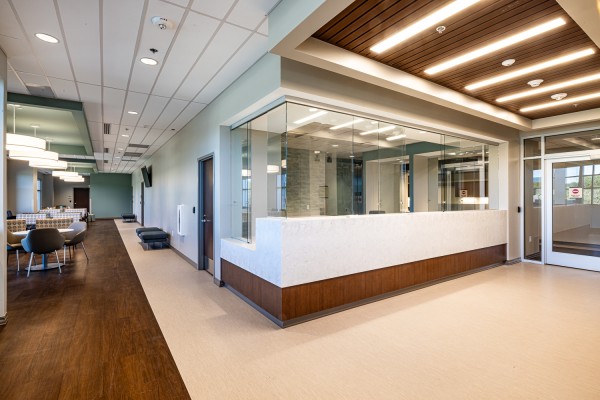

Designed for the Growth
TMP has partnered with Colquitt Regional since 2012.
“It was always my intent to have one architect design the majority of buildings on campus,” Matney says. “Knowing the original components of our buildings offers a huge advantage.”
Curtis Coleman, AIA , healthcare principal at TMP, has led the partnership since the beginning. For the education center, TMP conducted thoughtful research into all aspects of design.
“We’re really familiar with Colquitt Regional’s brand, strategy, and mission, and that greatly influences design,” says Coleman. “We used the same color palette and exterior materials as the existing hospital to create a cohesive, unified feel across campus, but also incorporated smooth brick, metal panels, and natural light for a more contemporary look.”
The facility really is three in one: the education center, the clinic, and a community center. It was important that the design reflected that, with a central entrance and easy wayfinding elements to point people where they needed to go.
The facility is elegant, professional, and representative of the population of Moultrie. Placemaking elements were well-thought-out to create the best learning experience possible without hindering operations. Additionally, TMP collaborated with Colquitt Regional on details like furniture choice citing function, comfort, ergonomics, flexibility, and longevity.
“Colquitt Regional really invests in the furniture they choose and how it supports staff and patients,” says Amy Miller , senior furniture specialist at TMP. “For example, they upgraded guest seating with plush chairs and installed high-quality classroom seating. They invest in the comfort of their users.”
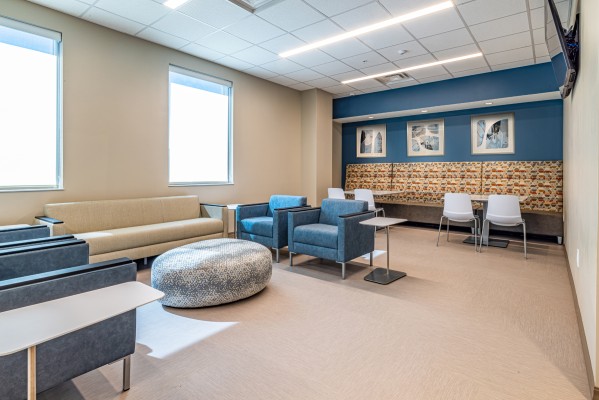

Considerations like that are what makes the campus a sought-after employer for caregivers. And Colquitt Regional doesn’t plan to ease up any time soon.
“Colquitt Regional is thriving,” Matney says. “My vision for this new education facility extends beyond our own medical community. We are working to become the medical education hub of the region, hosting seminars, trainings, and continuing education events at the local, state, and even national levels. We want to train caregivers to serve patients in the best way possible.”
Check out the original article at: https://www.linkedin.com/pulse/bridging-gap-between-facility-design-employee-recruitment-okole?utm_source=share&utm_medium=guest_desktop&utm_campaign=copy



